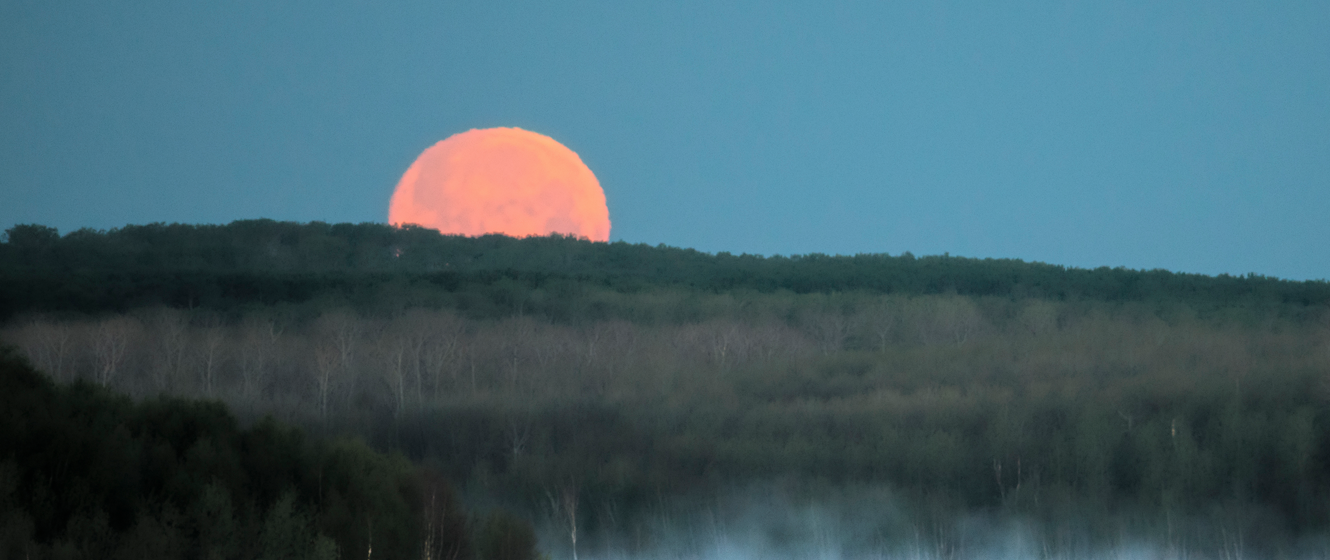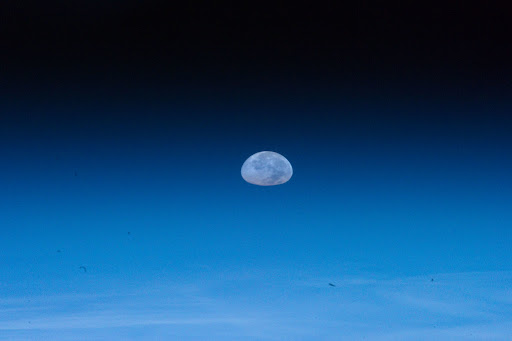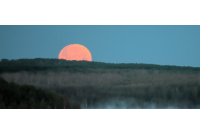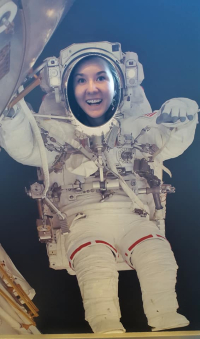
Earth’s atmosphere is a wonderful thing. It lets us breathe and helps us stay warm, despite our living on a rock that’s moseying along in the frigidness of space. But sometimes, for astronomers especially, it can be a real pain. If you’ve ever tried to focus in on a distant object and been greeted by a blurry mess, you’ve experienced the dreaded phenomenon of atmospheric distortion.
Despite it (for the most part) being a result of forces beyond your control, there are ways to work around atmospheric distortion to achieve ideal seeing. This article will teach you the basics, from what astronomical seeing is, to how you can overcome the pitfalls of atmosphere effects that lead to distortion.
What Exactly is Atmospheric Distortion, and What Causes It?

All that lovely air that allows you to exist does some funny things to light. On a clear night, your telescope works by collecting the light emitted from stars and planets, then directing it to a focal point, which allows you to see details. When atmospheric distortion is involved, that light is scattered and bounced around. It doesn’t collect in a singular focal point and is instead smeared out, resulting in a blurry image.
These two situations describe good seeing and bad seeing, respectively. “Seeing” refers to how well or poorly you’ll be able to view astronomical objects on a particular night at a particular time. It is affected by local conditions both near your telescope and far up in the atmosphere. Cloudy skies mean bad (or no) seeing, while clear skies with little to no distortion lead to good seeing.
The root cause of atmospheric distortion has to do with temperature fluctuations and interactions between multiple layers of the atmosphere. Warmer air hitting colder air and vice versa creates air pockets and circulations that bend the light around instead of letting it reach you and your telescope in a straight line. This is also why stars appear to twinkle. The more they do so, the more distortion you can expect to encounter.
The atmosphere above you is tall, with three different layers of varying temperatures. That’s a lot of air for light to pass through, and there are many obstacles it can encounter along the way that can cause it to shoot off in a different direction. This is why atmospheric distortion causes so much grief―there’s a lot going on that you have very little control over.
How Can I Beat Atmospheric Distortion?

Sometimes there’s nothing you can do about bad atmospheric seeing. When the factors involved are the weather and your location, you may just have to pack it in for the night. Generally, the higher up you are, the better the seeing will be because there’s less atmosphere to contend with. That very reason is why the Hubble Telescope is able to capture such incredible images―it’s in orbit, safely above the layers of moving air.
Another factor to keep an eye on is the weather. Summer is generally seen as the best time for astronomy, at least in northern climates, for reasons other than the fact that your fingers won’t freeze off. Summer often means high pressure systems, which bring with them clear skies. Beware of storms, as they create turbulence in the air both before and after they pass through.
In order to evaluate the seeing conditions in your area, you can refer to a clear sky chart which tells you the transparency, cloud cover, light pollution, and so much more. You can also try it the old fashioned way by going outside and looking up. Based on how much the stars are twinkling, you can get a general indication of the level of atmospheric distortion.
Now, all of this might make it sound like there’s nothing you can do, but there are some factors that contribute to the effects of distortion that are much closer than you think. Thermally optimizing your telescope is the best thing you can do to give yourself the best chance of seeing clearly. Step one is to always ensure that your telescope’s temperature is equalized with the temperature outside. When you bring a warm telescope into chilly air, distortion happens due to the interactions between the differing air temperatures around your optics. Let your telescope cool off for about half an hour before you use it. Additionally, you can invest in a cooling fan to combat tube currents, which don’t always dissipate on their own even once the temperatures have equalized.
Atmospheric distortion is an ever-present foe that every astronomer, no matter how experienced, will have to deal with. But with knowledge comes power, and you now know enough to set you on the right path to conquer distortion and achieve clear seeing.
If you find yourself still struggling to see (even on a clear night), call our experts at 800-266-9590 and they’ll help you out!

Learn More
Interested in learning more about what's going on in the sky above us? Check out our Astronomy Hub!
This Article was Last Updated on 08/17/2023












